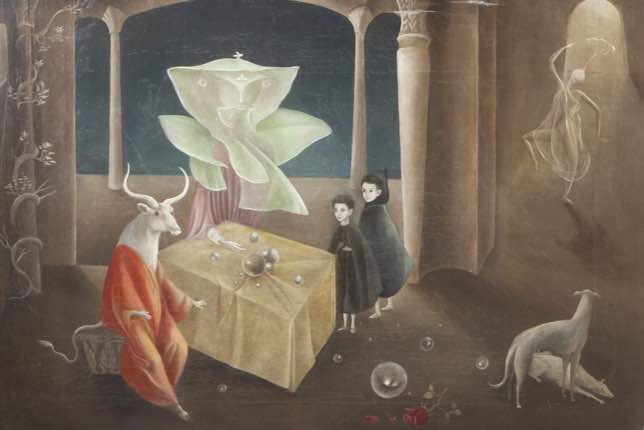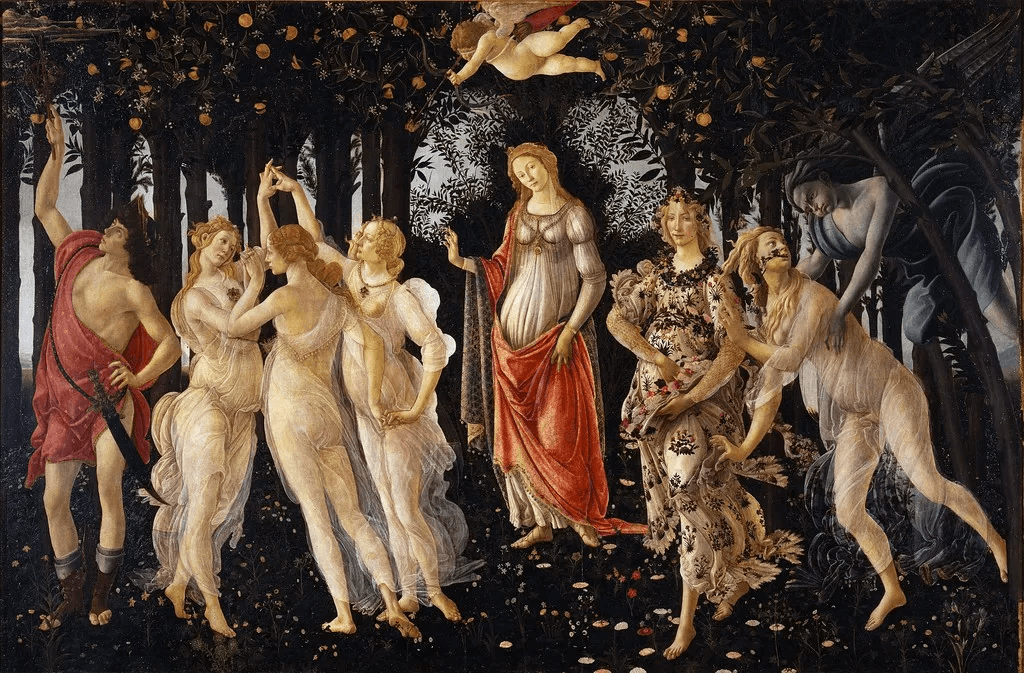
5 Greek Myths You Should Know for Your Art History Class
Greek mythology has long influenced artists around the globe, from the sculptors of Antiquity to contemporary painters. Its complex and interwoven stories make it a rich source of inspiration, and despite the time passed since their inception, they are still pertinent today. With Artsper, discover 5 works of Greek mythology art today!
1. Aphrodite emerging from the ocean

Venus emerging from the ocean, or ‘Venus Anadyomene,’ is a common representation of Aphrodite in Greek mythology art. According to Greek mythology, Aphrodite (the Greek equivalent of Venus) was born from the sea in Cyprus, which kept her pure and virginal. Venus Anadyomene was a popular subject in Antiquity, before being re-popularized by artists during the Renaissance and later art movements such as Rococo and Baroque. While in earlier styles she was usually shown with her body partially covered, as in Botticelli’s famous Birth of Venus, later depictions for 19th century male patrons favored bolder nude poses.
2. Leda and the Swan

The image of woman and bird appears throughout the history of art, but do you know what it signifies? This imagery comes from a tale from Greek mythology called Leda and the Swan. In this tale, Leda, the queen of Sparta, is raped by Zeus in the form of a swan. Leda gave birth to Helen as a result, who later ran off with Paris, prince of Troy. The couple’s elopement ultimately lead to the events that started the Trojan war. In Cézanne’s painting Leda and the Swan, Leda is portrayed in a dramatic pose. Her wrist is trapped by the beak of the swan, signifying the violence of the events to come…
3. Pandora’s Box

Pandora’s box is the tale from Greek mythology that led to the creation of the proverb “to open Pandora’s box.” Pandora, a breathtakingly beautiful woman created by the gods, was sent down to an idyllic earth to live as a mortal. According to the tale, Zeus gave Pandora a box which he instructed her never to open. However, a victim of her curiosity, Pandora failed Zeus by opening the box. By doing this, she released all of the evils that would go on to plague mankind forever. A symbol of women’s so-called “destructive” power, the story of Pandora’s Box became popular with artists in the mid-19th century. Dante Gabriel Rossetti’s Pandora is one of multiple works the artist produced of this subject.
4. The Minotaur

In Greek mythology, the Minotaur is a hybrid creature with the body of a man and the head and tail of a bull. When Greek god Poseidon sent the ruler of Crete Minos a bull as a sacrifice, who chose instead to keep the bull alive, Poseidon made Minos’ wife fall in love with the bull as punishment. Their resulting child, the Minotaur, is often depicted in art to represent greed, forbidden desire and lust. However, in Leonora Carrington’s work And Then We Saw the Daughter of the Minotaur, the part-bull, part-man figure sits elegantly poised and resists interpretation within the ethereal composition of the work.
5. The Three Graces

The three Graces (or Charities) are figures from Greek mythology, and are the minor goddesses of charm, beauty, nature, human creativity, and fertility. Daughters of Zeus, the three Graces are commonly shown as beautiful nude women, holding each other’s hands or shoulders. Their main role was to serve and entertain the 12 Olympian gods and to help bathe and dress Aphrodite. This painting of the three Graces by Raphael is one of the artist’s few non-religious works.
To conclude, stories from Greek mythology have influenced artists from Antiquity to the present day, and their themes of humanity, struggle and love resonate with audiences around the world. With Artsper, discover the best contemporary artworks inspired by Greek mythology today!

About Artsper
Founded in 2013, Artsper is an online marketplace for contemporary art. Partnering with 1,800 professional art galleries around the world, it makes discovering and acquiring art accessible to all.
Learn more













